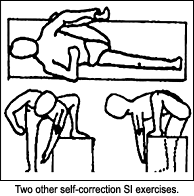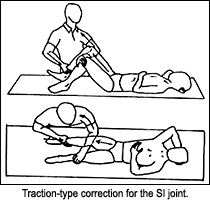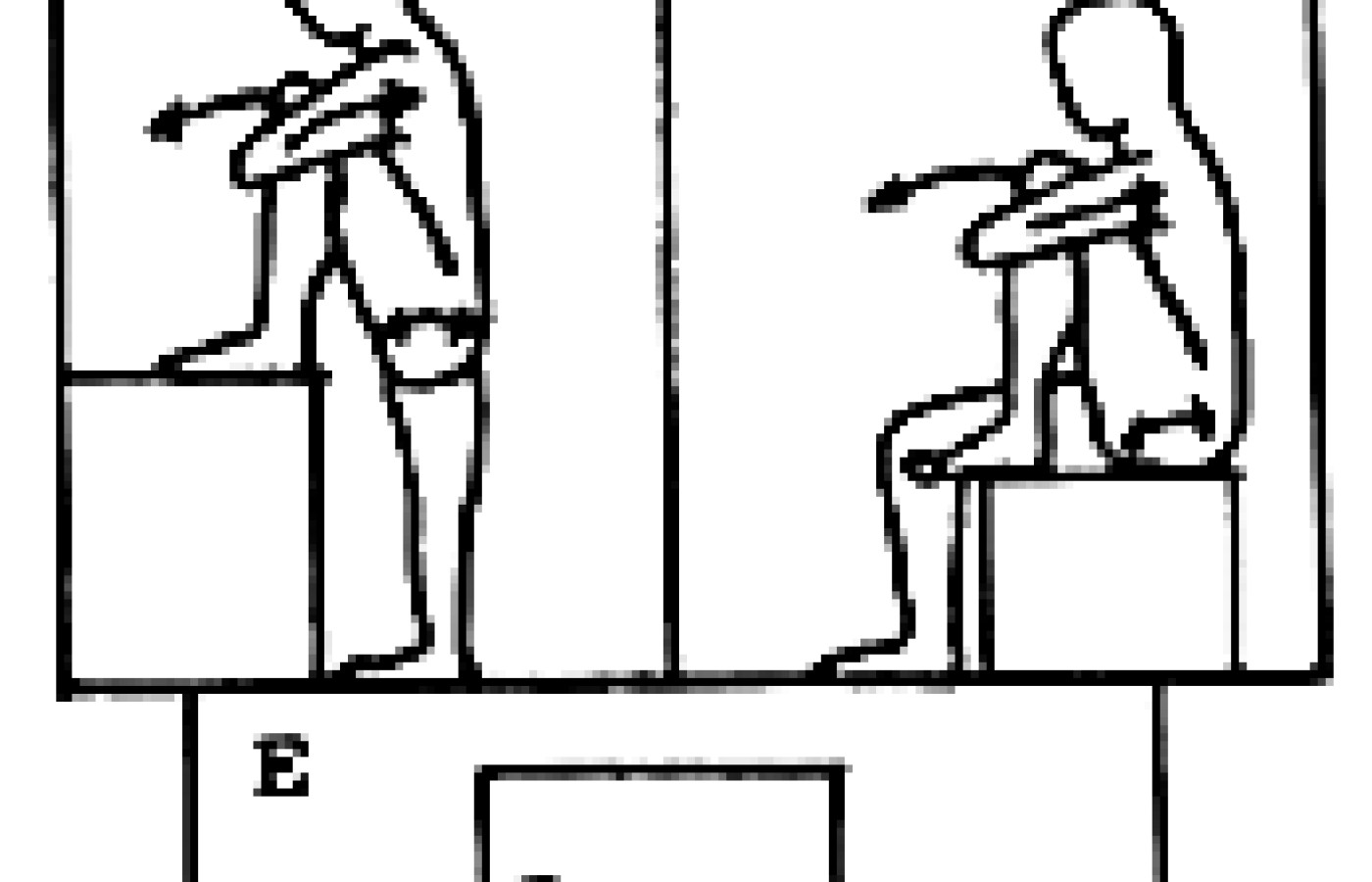In a landmark development, Blue Cross Blue Shield (BCBS) has reached a $2.8 billion settlement to resolve antitrust claims brought by health care providers, including chiropractors. The lawsuit accused BCBS of dividing the nation into exclusive regions and limiting competition, which resulted in lower reimbursements for providers. Although BCBS denies any wrongdoing, the company agreed to the settlement to avoid lengthy litigation – and you can get a piece of the pie.
Sacroiliac Joint Correction - A Different Model
So many of our patients have chronic sacroiliac dysfunction. I have written several times about this problem, from several perspectives. This article will describe the work of Richard DonTigny, a physical therapist from Havre, Mont. DonTigny has developed a home program, a set a basic exercises to reset the patient's sacroiliac joint, as well as a simplified form of mobilization for the SI joint. DonTigny's work all goes in one direction, taking the anteriorly rotated ilium in a posterior direction. DonTigny does this bilaterally on every SI patient. When I was introduced to this work, I was quite skeptical; it seemed too simple. I am still not sure if DonTigny's biomechanics are correct. He tends to see nearly all lower back pain as a result of this pattern of SI dysfunction, while I tend to look more broadly. What I do know is that his procedures (both those the practitioner does and those the patients do for themselves) are very helpful for selected patients.
Many of our low back pain patients return to the office with a recurrence of posterior or anterior innominate pattern: iliums rotated in the sagittal plane. Especially when this malalignment is associated with sacroiliac joint tenderness and other indicators of sacroiliac dysfunction, it tells us the joint is not functioning properly.
DonTigny's basic indicator is tenderness. He checks the medial aspect of the upper PSIS, the medial aspect of the ilium at the S3 level, and the PIIS. When one or more of these are tender, he feels the SI is involved. He also notes leg length, and tests whether his procedures shorten the leg after correction.

Sacroiliac Self-Correction Exercises
What are the basic exercises that reset the SI? The first one will look familiar to those of you familiar with post-isometric relaxation or muscle energy technique. I have reproduced a whole series of pictures, showing different positions in which to do the same basic exercise. The basic routine is to have the patient bring the leg up to the chest, grasp the leg with both arms, and push outward with the leg against resistance. DonTigny recommends pushing outward hard for five to 10 seconds, then alternating legs, doing each side three to five times. Note that this can be done supine, sitting, standing using a chair, or in a doorway.


Sacroiliac Correction Mobilization
The other aspect of this work is the mobilization. It is done bilaterally, which is counterintuitive for me. The basic idea is to bring the ilium into flexion and to mobilize the joint. This procedure should correct leg length discrepancy. DonTigny assumes the leg is too long, due to anterior rotation, and looks for shortening of the leg on correction. He alternates sides on the procedure, and continues until the leg length no longer changes.

The second procedure (pictured above right) involves distracting the bent leg. The picture shows it well. Use your own body weight, shifting laterally, as well as the fulcrum of your arms. This will usually feel great to the patient. It will feel quite "stuck" on the more involved side, and you should feel the movement improve as you do the procedure. Again, perform it three times on each side, alternating sides, holding the traction for about 10 seconds. This traction mobilization has been a wonderful addition to my toolbox.

Resources
- The DonTigny Low Back Pain Management Program (a patient handout): www.kalindra.com/rounds.pdf.
- DonTigny RL. Critical analysis of the sequence and extent of the result of the pathological failure of the self-bracing of the SI Joint. Journal of Manual and Manipulative Therapy 1999;7:173-181. www.kalindra.com/critical.pdf.
- www.kalindra.com/sacroiliac.htm (a fascinating site for sacroiliac articles).



